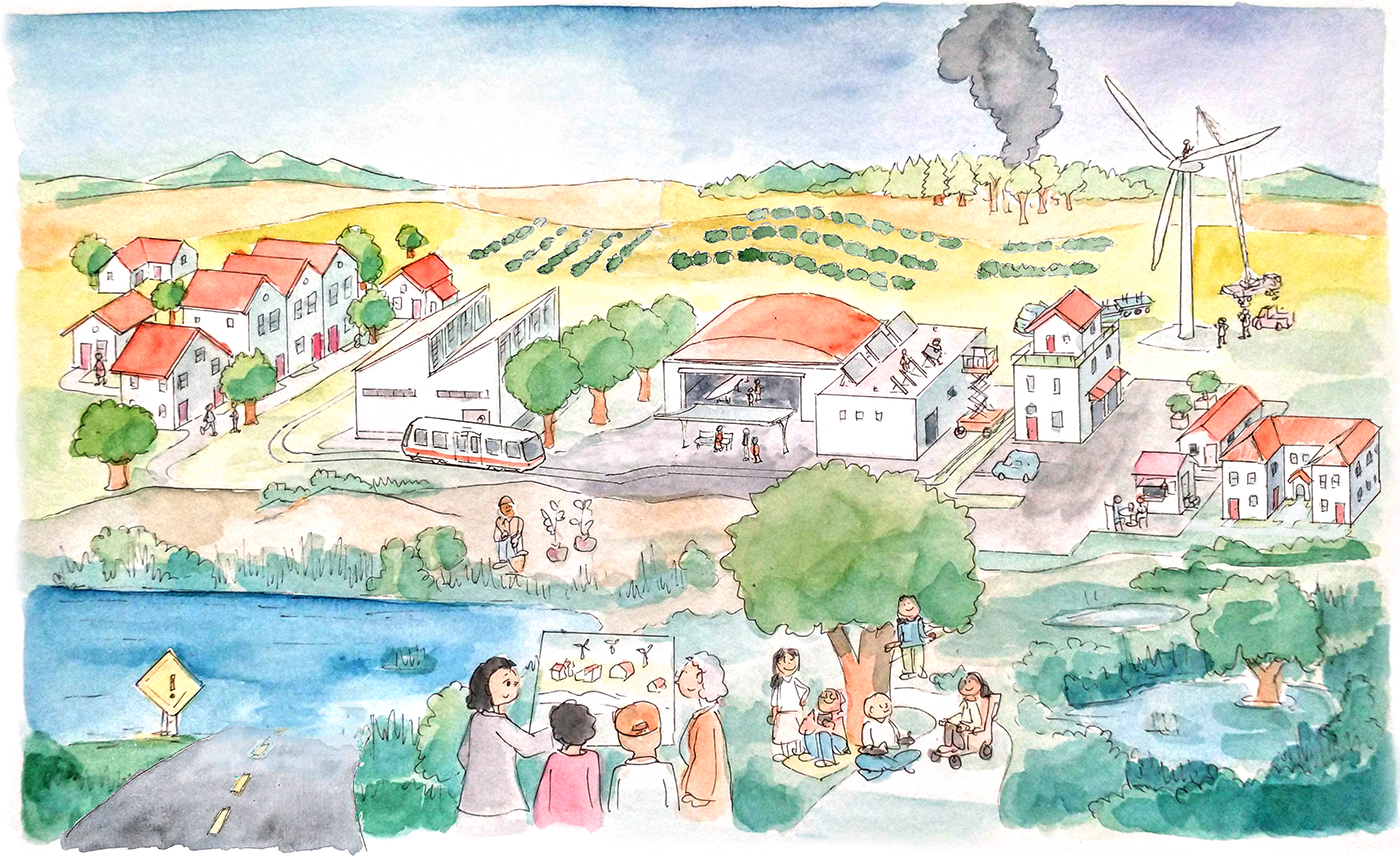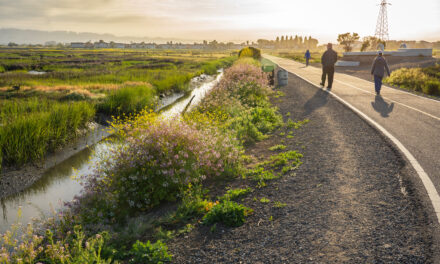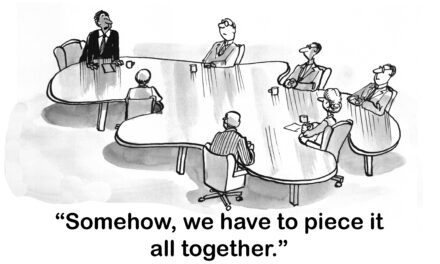New Playbook Details Minutiae of Resilience
In the midst of a climate emergency already thrusting wildfires, drought, and flooding upon us it is easy to feel helpless and lost. The Greenbelt Alliance’s newly released “Resilience Playbook” seeks to combat that resignation by offering a motivating vision and practical steps for building local climate adaptation and resilience. Worried about heat and how it disproportionately affects certain neighborhoods where you live? This resource gives a step-by-step guidance on how to integrate urban greening into general plans, along with a menu of policy examples, budget priorities, and model climate action plans to catalyze resilience action for citizens, municipalities, and community organizations. Critically, the playbook offers advice on effectively partnering with underserved populations and communities who are often left out of the budget and infrastructure conversations where priorities are decided.
Recommendations and “critical actions to take now” come from the Greenbelt Alliance’s six plus decades of land-use policy advocacy and regional collaboration. Executive Director Amanda Brown-Stevens and Director of Climate Resilience Zoe Siegel also bring experience from shepherding the implementation of the 2018 Resilient by Design competition that spurred fantastic visions of South Bay Sponges, Grand Bayways, and Estuary Commons. This playbook focuses on the more mundane minutiae of resilience: city budgets, general plans, and regulations. A decidedly less sexy, and more Sisyphean task — yet also one that is more achievable, and no less important. Whether the intended audience, ranging from local citizens to government planners to political leaders, uses the plays from this book will be up to all of us.
Other Recent Posts
Gleaning in the Giving Season
The practice of collecting food left behind in fields after the harvest is good for the environment and gives more people access to produce.
New Study Teases Out Seawall Impacts
New models suggest that sea walls and levees provide protection against flooding and rising seas with little effect on surrounding areas.
Oakland High Schoolers Sample Local Kayaking
The Oakland Goes Outdoors program gives low-income students a chance to kayak, hike, and camp.
Growing Better Tomatoes with Less Water
UC Santa Cruz researchers find the highly-desired ‘Early Girl’ variety yields more tomatoes under dry-farmed conditions.
Santa Clara Helps Homeless Out of Harm’s Way
A year after adopting a controversial camping ban, Valley Water is trying to move unsheltered people out of the cold and rain.
The Race Against Runoff
San Francisco redesigns drains, parks, permeable pavements and buildings to keep stormwater out of the Bay and build flood resilience.
Learning the Art of Burning to Prevent Wildfire
In Santa Rosa’s Pepperwood Preserve, volunteers are learning how controlled fires can clear out natural wildfire fuel before it can spark.
Martinez Residents Want More Than Apologies — They Want Protection
After a 2022 release of toxic dust and a February 2025 fire, people in the northeast Bay town are tired of waiting for safety improvements.
Weaving Fire Protection Out Of What’s Already There
A new Greenbelt Alliance report shows how existing vineyards, grasslands, and managed forests can slow wildfire and save vulnerable homes.
Fall Plantings Build Pollinator Habitats in Concord
Community groups, climate advocates and a church are coming together to plant pollinator gardens as monarchs, bees see population declines.










